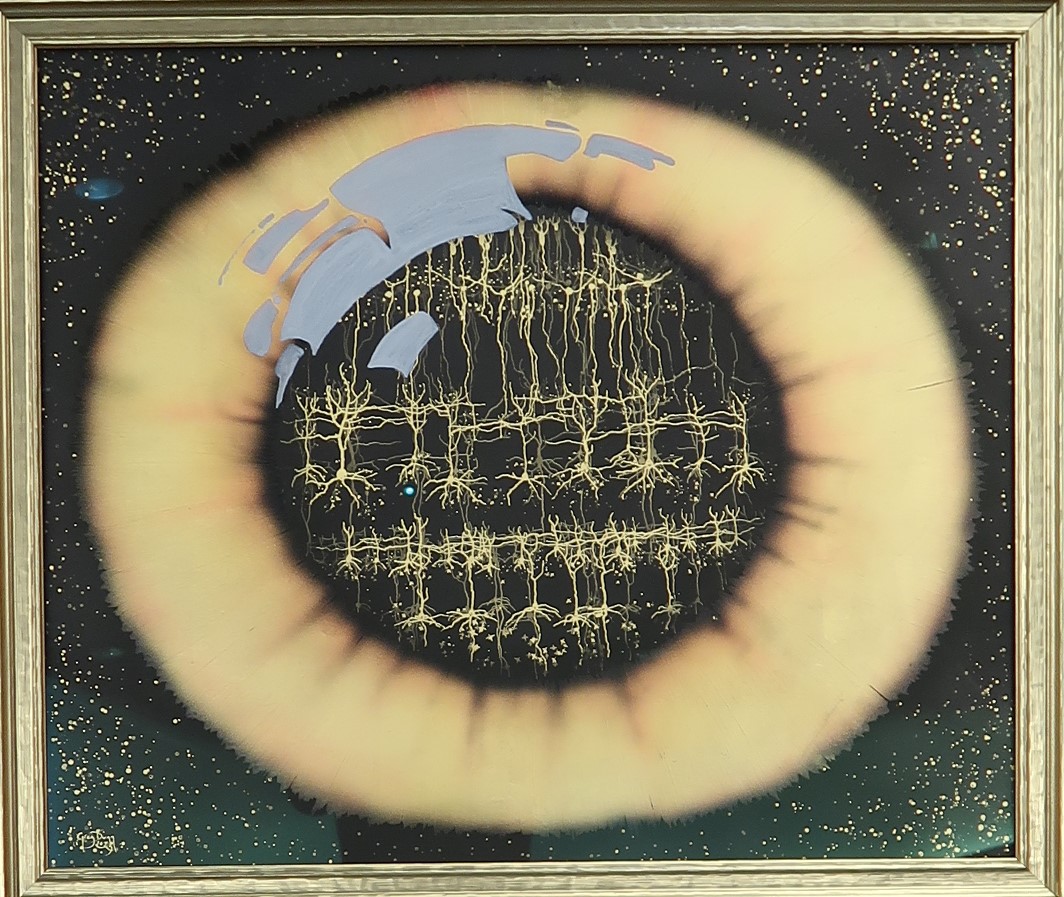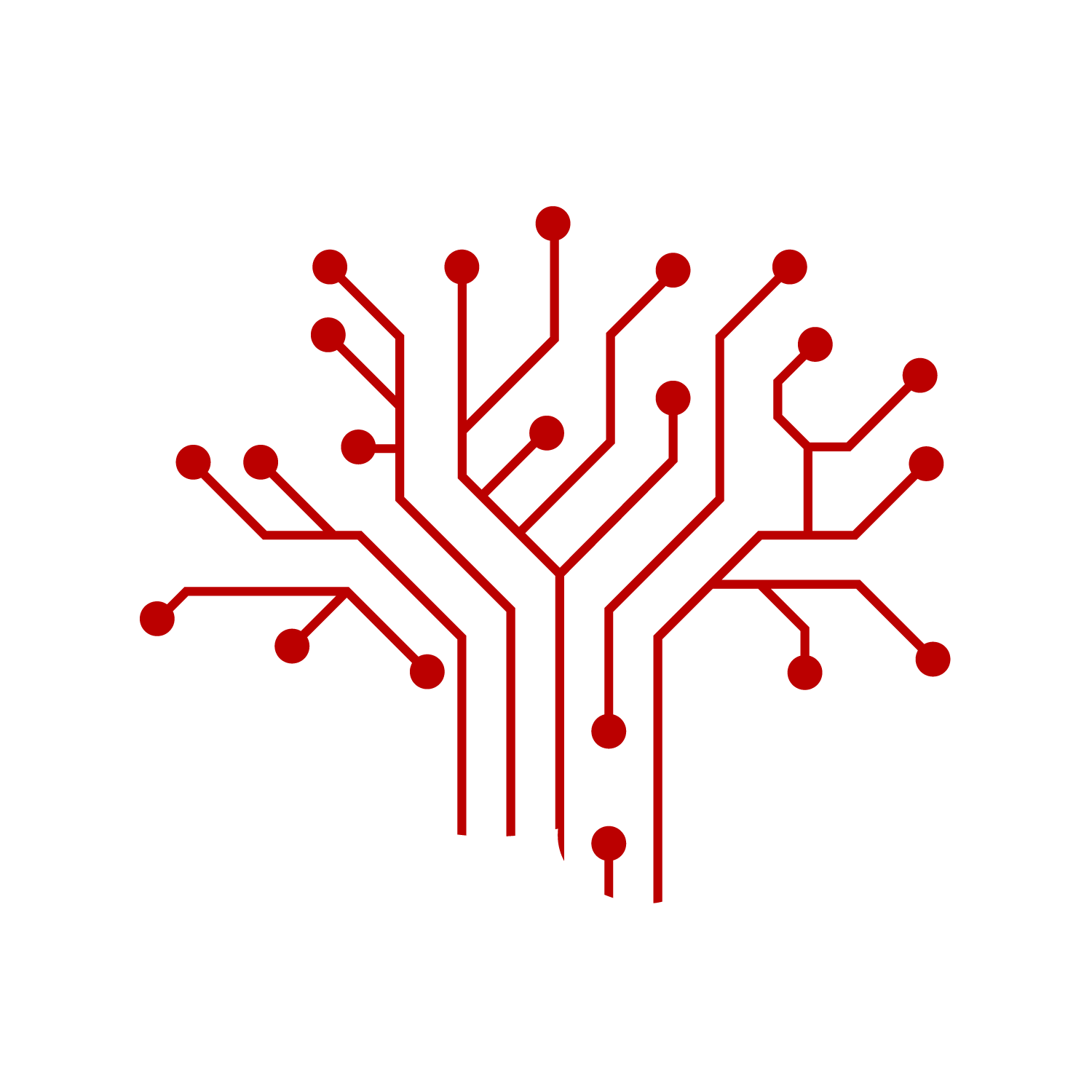2023
Tirin Moore, Ph.D.
Ben Barres Professor of Neurobiology at Stanford University. Member of Bio-X; Maternal & Child Health Research Institute (MCHRI); Wu Tsai Neuroscience Institute.
Thursday, October 12, 2023 at 4:00 p.m.
Cohon University Center - Connan Room

Abstract: Large-scale, High-Density Recordings in the Primate Brain
Recent advances in neuronal recording technology have facilitated the development of large-scale, high-density microelectrode arrays resulting in a substantial increment (>10x) in the number of neurons that can be studied simultaneously within a localized area of neural tissue. A prime example is the recent development of the Neuropixels probe, which consists of a high-channel count Si shank with continuous, dense, programmable recording sites (~1000/cm). Neuropixels probes have transformed neurophysiological studies in rodent models by enabling recording from large populations of neurons anywhere in the rodent brain. However, their utility in other model systems, particularly nonhuman primates (NHP), which more closely model human brain function, has been limited. I will first talk about the recently developed NHP Neuropixels probes, which were designed to enable flexible and configurable recordings from large populations of neurons throughout the entire macaque brain with single-neuron resolution. Next, I will describe a couple of specific scientific questions we recently addressed that leverage these new capabilities.
About Professor Moore:
Dr. Tirin Moore is a Professor of Neurobiology at Stanford University and Investigator at the Howard Hughes Medical Institute. He is known for his work on the neural mechanisms of visual perception, visually guided behavior and cognition. He was elected to the American Academy of Arts and Sciences and to the National Academy of Sciences in 2021.
Dr. Moore's laboratory studies neural mechanisms of visual-motor integration and the neurophysiological basis of cognition (e.g. visual attention, visual awareness, and working memory). This research involves the study of the activity of single neurons in visual and motor structures within the primate brain and tests of how perturbing that activity affects neurons in other brain structures as well as how it affects the perceptual and motor performance of behaving animals. The Moore laboratory is also driven to develop more powerful and more causal approaches to systems-level neurobiology.
Artwork
Each year, the Andrew Carnegie winner receives an original piece of artwork commissioned from artist Greg Dunn.



